Dream Police by Cheap Trick
Buy Dream Police Cheap Trick concluded their impressive late seventies output with their fourth studio album, Dream Police. This album follows the breakthrough success of the live album, Cheap Trick at Budokan, which […]

Buy Dream Police Cheap Trick concluded their impressive late seventies output with their fourth studio album, Dream Police. This album follows the breakthrough success of the live album, Cheap Trick at Budokan, which […]
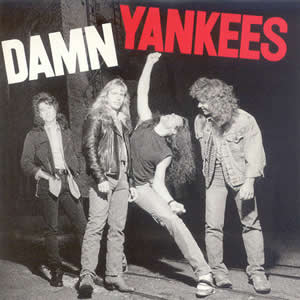
Buy Damn Yankees Before its swift exit from the mainstream rock scene in 1991, “hair metal” had its last hurrah during the year 1990. Perhaps the apex of this final phase was the […]
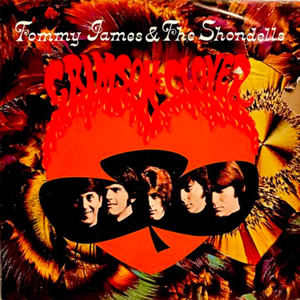
Buy Crimson and Clover Tommy James and the Shondells hit their creative and commercial climax in 1969 with their sixth studio album, Crimson and Clover. This album combines some heavy psychedelic elements with […]

Buy Chicago V Continuing an incredible run of musical output and commercial success, Chicago released their fifth overall album in a 39 month span with 1972’s Chicago V. The fourth studio album by […]
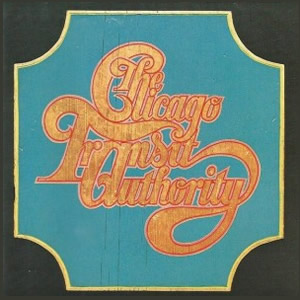
Buy Chicago Transit Authority Chicago used their short-lived name for their double-length 1969 debut album, Chicago Transit Authority. From the inception, the seven member group fused brass, jazz, soul, and blues-based rock and […]
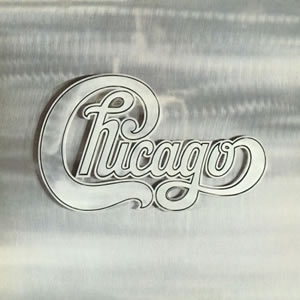
Buy Chicago II Officially titled Chicago, the second double-length album by the group with the same name saw their full immersion into mainstream success while still building on their fusion of rock, funk […]
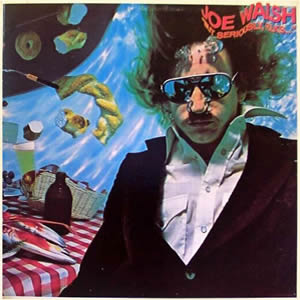
Buy But Seriously Folks Joe Walsh found his greatest solo success with But Seriously, Folks in 1978, although “solo” is used loosely here. The versatile rocker did have help from all four members […]
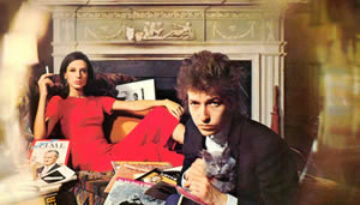
Buy Bringing It All Back Home Perhaps the most lyrically potent album ever, Bob Dylan delivered a masterpiece with his fifth overall album, Bringing It All Back Home, released 50 years ago today […]
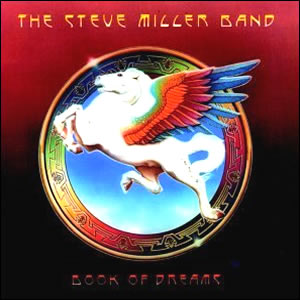
Buy Book of Dreams Steve Miller forged his reputation as a Chicago blues man, immersing himself in that scene during the 1960s and playing with the likes of Muddy Waters, Howlin’ Wolf, Buddy […]
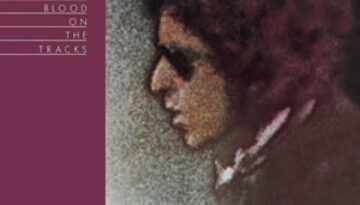
Buy Blood On the Tracks Blood On the Tracks contains all the elements of Bob Dylan‘s classic, 1960s outputs, with the staples of the acoustic guitar, the harmonica, and the poetic lyrics delivered […]